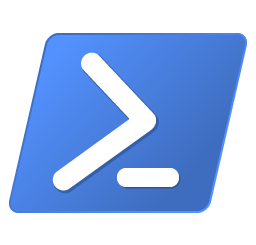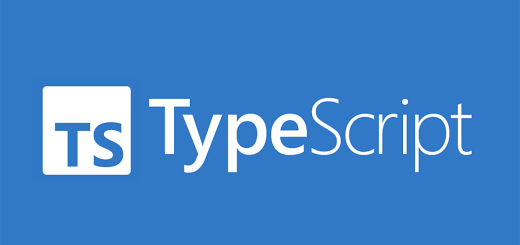How to Install TypeScript on Windows
TypeScript is a powerful language that builds on JavaScript by adding static typing. This means you can catch errors early in development, making your code more robust and maintainable. This guide provides a clear and concise walkthrough of installing TypeScript on your Windows machine. Whether you’re a seasoned developer or just starting your coding journey, this guide will equip you with the knowledge to get TypeScript up and running quickly. Let’s get started!
Looking for how to Install TypeScript on MacOS or Linux, for MacOS check here, for Linux check here.
Step-by-Step Guide to Installing TypeScript on Windows
Prerequisites:
- Active Internet Connection: You’ll need this to download the necessary installers.
- Administrator Privileges: While not always required, it’s best to have administrator privileges to avoid potential permission issues during installation.
Step 1: Install Node.js
- Download Node.js: Go to the official Node.js website (https://nodejs.org) and download the latest Long Term Support (LTS) version for Windows. This version is generally recommended for its stability and long-term support.
- Run the Installer: Locate the downloaded installer (usually an .msi file) and double-click it to run.
- Follow the Installation Wizard:
- Accept the license agreement.
- Choose the destination folder (the default location is usually fine).
- Important: During the installation, make sure to select the option to add Node.js to your system’s PATH. This allows you to run Node.js commands from any directory in your command prompt or terminal.
- Complete the installation.
- Verify Node.js Installation:
- Open a Command Prompt or PowerShell window.
- Type
node -vand press Enter. This should display the installed Node.js version. If you see the version number, Node.js is installed correctly.
Step 2: Install TypeScript
- Open Command Prompt/PowerShell: Keep the Command Prompt or PowerShell window open from the previous step, or open a new one.
- Install TypeScript Globally: Type the following command and press ENTER
npm install -g typescript- The
-gflag installs TypeScript globally, making it accessible from any location on your system.
Verify TypeScript Installation:
In the same Command Prompt/PowerShell window, type: tsc -v and press Enter. This command should display the installed TypeScript version.
tsc -vStep 3: (Optional) Update TypeScript
To update TypeScript to a newer version in the future, use the following command in your Command Prompt/PowerShell:
npm update -g typescriptThat’s it! You have successfully installed TypeScript on your Windows machine. You’re now ready to start writing TypeScript code.
Troubleshooting:
- Permission Errors: If you encounter permission errors during installation, try running the Command Prompt/PowerShell as an administrator.
- ‘npm’ is not recognized: If you get an error saying ‘npm’ is not recognized, make sure you correctly added Node.js to your PATH during the Node.js installation. You might need to restart your computer or manually add the Node.js installation directory to your PATH environment variable.
- Firewall Issues: In some cases, your firewall might interfere with the installation process. Temporarily disable your firewall or add an exception for Node.js and npm.




Recent Comments